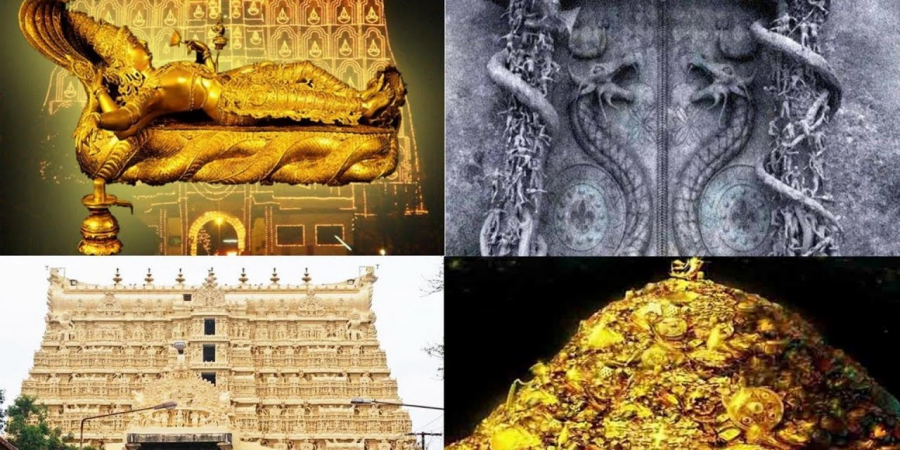

Nestled amidst the bustling streets of Thiruvananthapuram, the capital city of Kerala, lies the illustrious Padmanabhaswamy Temple, an architectural marvel that serves as a testament to India's rich cultural tapestry and religious fervor. This ancient sanctuary not only boasts of its intricate architectural brilliance but also holds within its sacred confines an enigmatic treasure trove, shrouded in legend and mystique.
Stepping foot into the hallowed precincts of the Padmanabhaswamy Temple is akin to embarking on a journey through time. The temple's architecture seamlessly blends the intricate nuances of Dravidian and Kerala styles, adorned with towering gopurams (entrance towers), ornate carvings, and vibrant frescoes that depict tales from Hindu mythology. As devotees traverse the labyrinthine corridors, a palpable sense of reverence permeates the air, heightening the spiritual experience.
However, it is the temple's underground vaults that have captured the fascination of the world. In 2011, following a landmark ruling by the Supreme Court of India, the vaults were unsealed, revealing an astonishing cache of treasures. Gold ornaments, precious jewels, antique artifacts, and ceremonial paraphernalia worth billions of dollars lay nestled within the sanctum sanctorum, sparking intrigue and speculation about their origin and significance.
The origins of the temple's legendary wealth are steeped in myth and folklore. While some attribute its accumulation to centuries of patronage by devout worshippers and benevolent monarchs, others weave tales of divine blessings and hidden treasures from bygone eras. Regardless of its genesis, the treasure vaults of Padmanabhaswamy Temple stand as a testament to the opulence and magnificence of India's cultural heritage.
Beyond its material wealth, Padmanabhaswamy Temple holds profound spiritual significance for millions of devotees worldwide. Dedicated to Lord Padmanabhaswamy, an incarnation of Lord Vishnu, the temple serves as a sacred abode where devotees seek solace, enlightenment, and divine blessings. The deity, reclining gracefully upon the celestial serpent Ananta, symbolizes the eternal cycle of creation, preservation, and dissolution.
Throughout the year, devotees flock to the temple to partake in various religious rituals and festivities. The annual festival of Lakshadeepam, where the entire temple is illuminated with myriad oil lamps, stands as a glorious testament to the devotion and piety of the faithful.
However, the preservation and maintenance of Padmanabhaswamy Temple present a unique set of challenges. Balancing the preservation of its ancient traditions with the need for modernization and accessibility requires careful deliberation and collaboration between temple authorities, government agencies, and heritage conservationists.
In recent years, concerted efforts have been made to enhance the infrastructure and visitor amenities while ensuring the sanctity and sacredness of the temple are upheld. By embracing innovation while staying true to its timeless traditions, Padmanabhaswamy Temple continues to inspire awe and reverence in all who have the privilege of crossing its threshold.
As the sun sets over the resplendent Padmanabhaswamy Temple, casting a golden glow upon its ancient edifice, one cannot help but marvel at the enduring legacy and mystical allure of this revered sanctuary. It stands as a beacon of India's spiritual heritage, beckoning pilgrims and seekers from far and wide to experience its transcendent beauty and divine grace.
